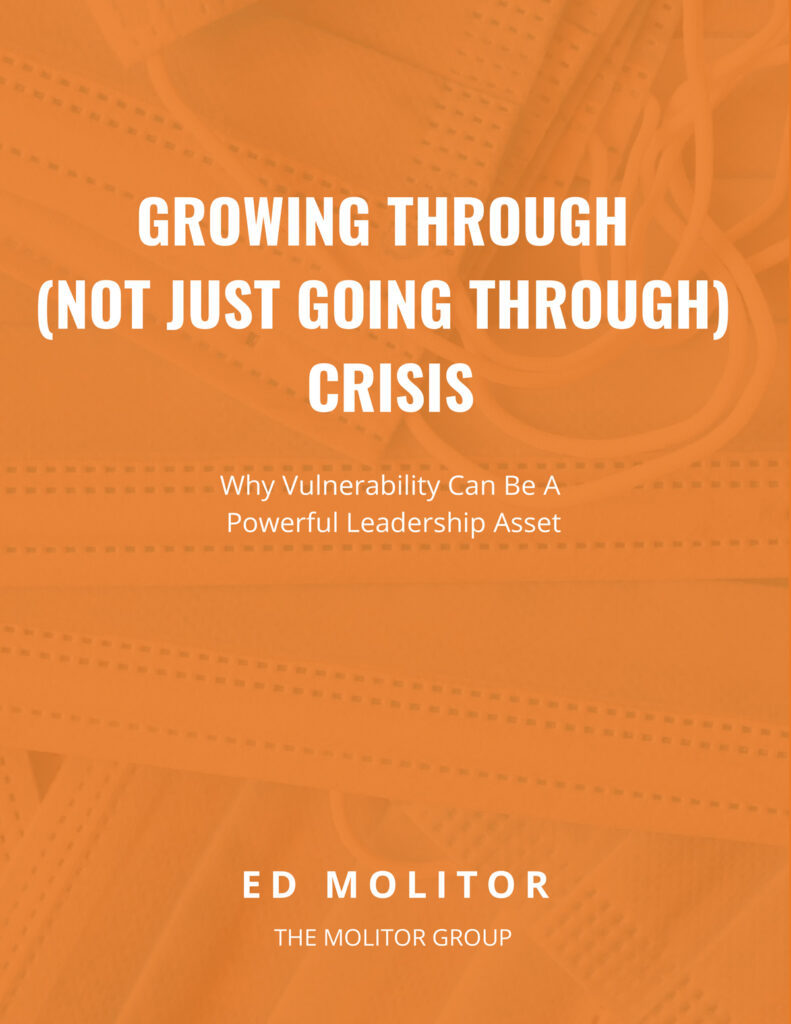When you are in a leadership position, it can be challenging to figure out how to lead a team. Especially with different personalities and challenges that come with working with people from all kinds of backgrounds. But coaching others doesn’t have to be complicated. Discovering how to coach others can be a long journey. There are so many different tools out there to teach coaching and management styles. But, there’s really just one simple rule that every coach needs to build a successful team.
Keep reading to learn what that one vital rule is to become the best coach you can be and get your team to follow your lead and reach their highest potential.
What a coach looks like
Great coaches can see things in others that they don’t see in themselves. They believe in their people, want them to succeed, and are committed to helping each team member reach their potential. Great coaches consistently get the most out of their people because they invest the most into their people.
It’s important to note that a good coach will see the potential in each team member. That means that, regardless of whether the team member is a superstar or struggling, a good leader will see their potential and help them reach it.
The most important thing to learn as a coach is that coaching isn’t something you do. It’s something you become. You have to embody the attitude of a coach–someone who is teaching while leading.
For the great coaching leaders, from the moment you wake up to the moment your head touches the pillow, you coach. Because that’s what you are. You know when a teaching moment is going to pop up, and you take advantage of it. So you develop the behaviors, traits, and skill sets of coaches.
The cornerstone of every great coaching relationship
The cornerstone is the very first brick laid on the foundation of a building. The cornerstone of a building gives the building its proper alignment. It is the very foundation that everything lines up with.
If the cornerstone is out of whack or messed up somehow, it messes with everything that’s laid after it.
As a leader, having a cornerstone is the foundation for how to coach others. But what is the cornerstone of a coaching relationship?
It’s trust.
Now, this may not be some big aha moment. Still, if you think about it, trust is the most crucial currency in any relationship–whether it be a friendship, familial, romantic, or business relationship. But a high level of trust allows you to establish expectations, continually coach, and establish accountability.
And, as a coaching leader, establishing expectations, continually coaching, and establishing accountability are your cornerstones.
When you trust your people, they’re going to feel safe, and they’re going to make themselves more vulnerable to you. Whether in the business world or the world of athletics, the best coaches have a relationship with their team that lets their team members know that they can walk into their office at any time, shut the door, and open up to them. Their team members can share anything–it could be positive, it could be negative, it could be adversity, it could be a challenge, it could be something they are working through.
But here’s the thing: because of the level of trust that was developed between the coach and the team member–and this is also important: the trust is reciprocal–when a team member knows their leader believes in them and will listen, they also know that their leader will push them, inspire them, challenge them, and hold them accountable. And, without any hesitation, great coaches will tell their team members what they need to hear.
If you would like to learn more about how to coach others, check out the entire podcast episode, where we go in-depth on how to become a great coach. And don’t forget to subscribe to our podcast to get more tips on approaching leadership roles like the coach you are. Or if you’d like a more personal guide through leadership consider 1 on 1 coaching from the Ed Molitor Group.



